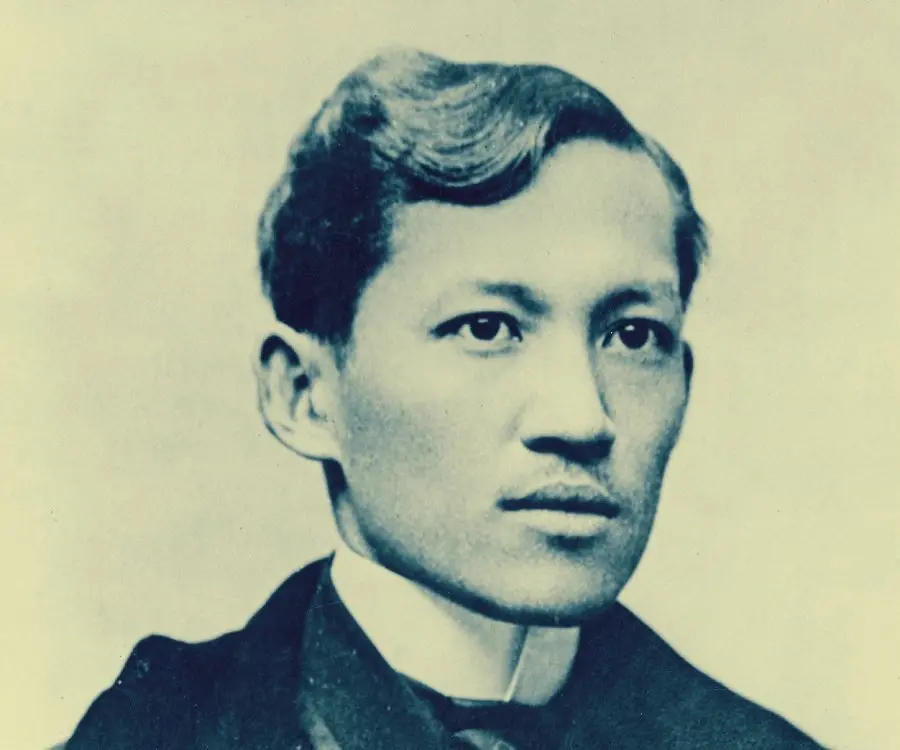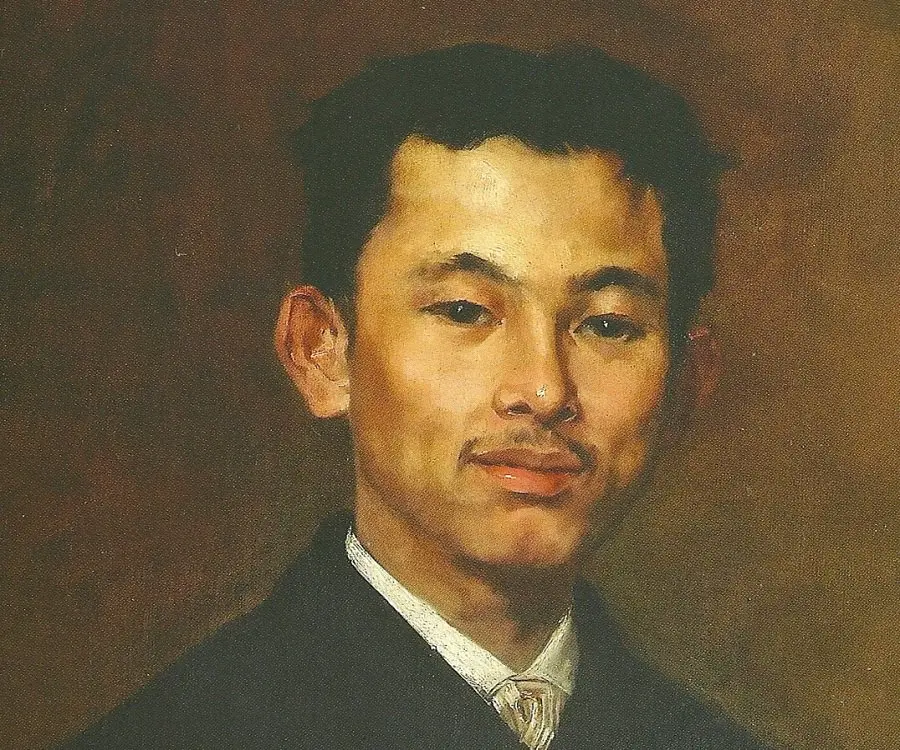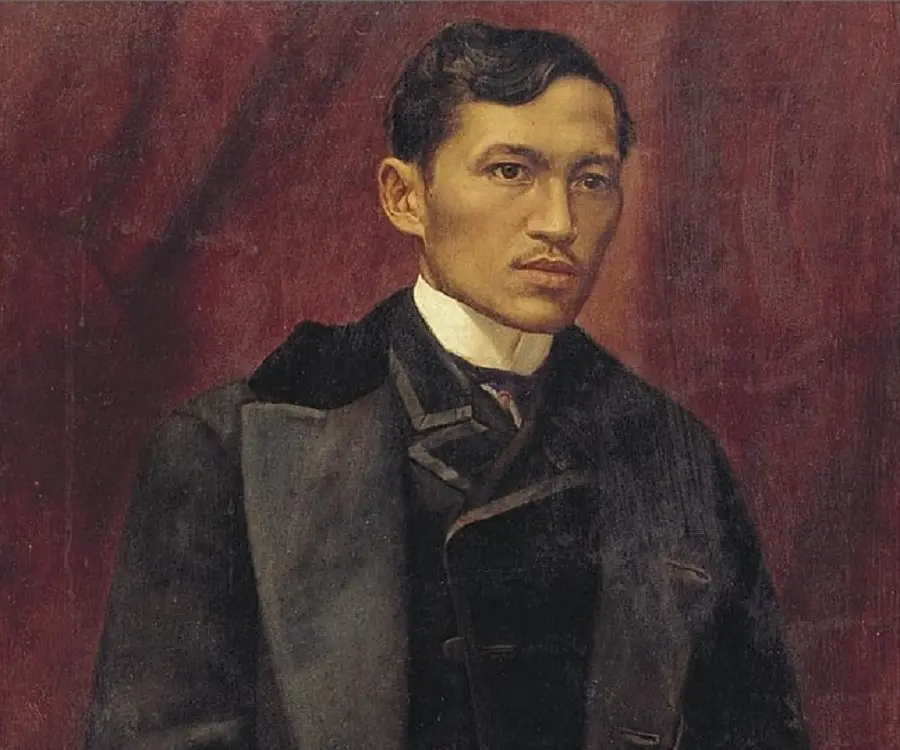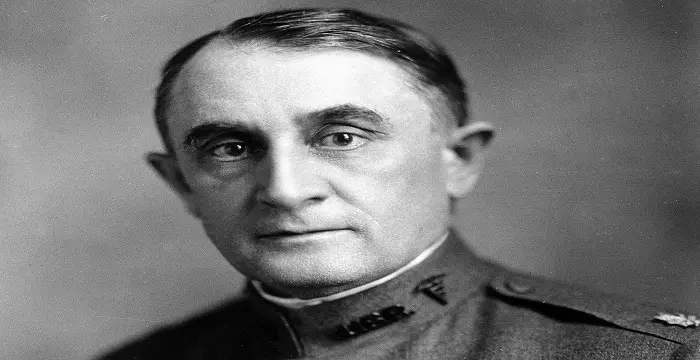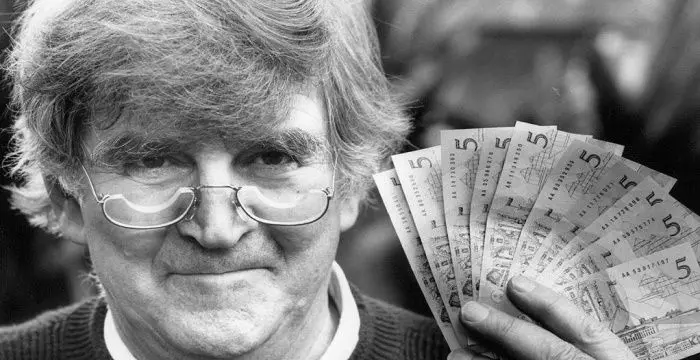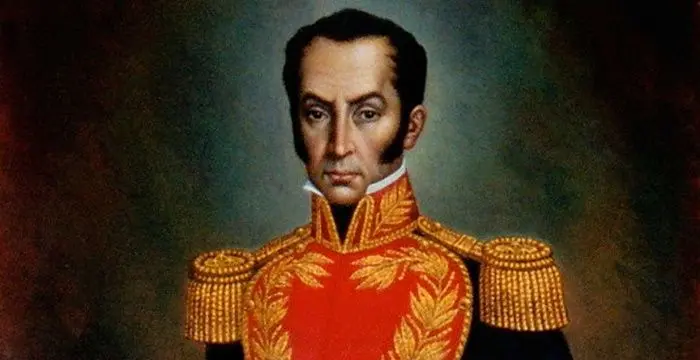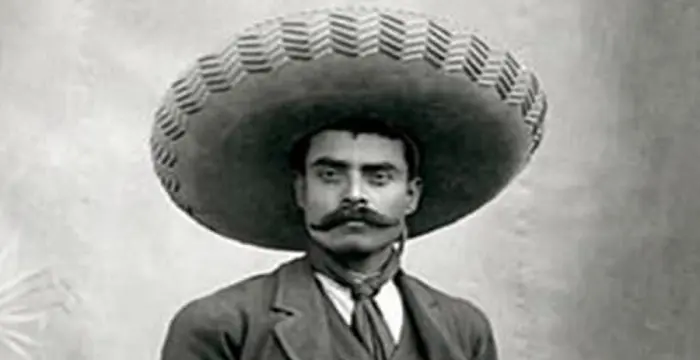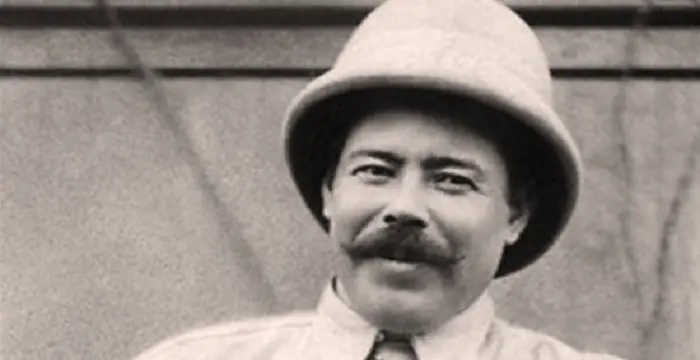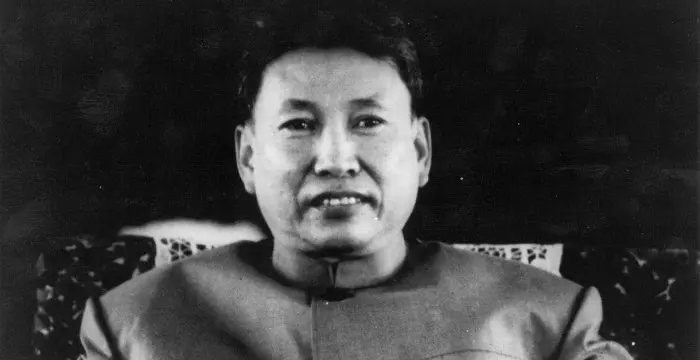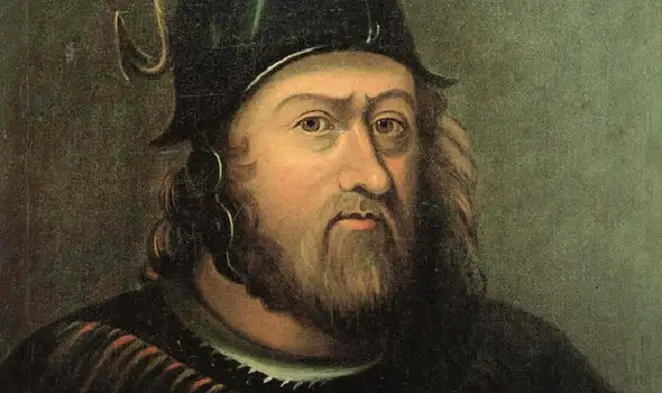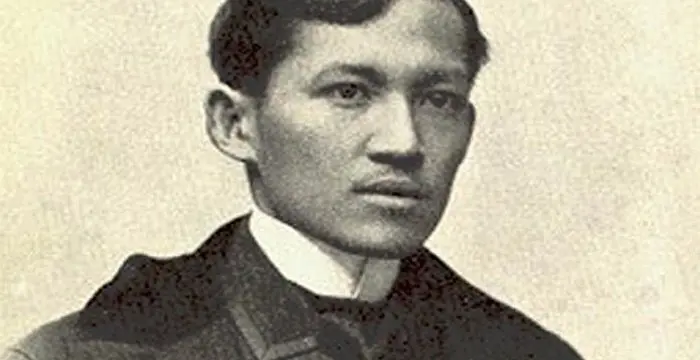
Jose Rizal - Leaders, Life Achievements and Childhood
Jose Rizal's Personal Details
Jose Rizal was a writer and revolutionary regarded as the greatest national hero of the Philippines
| Information | Detail |
|---|---|
| Birthday | June 19, 1861 |
| Died on | December 30, 1896 |
| Nationality | Filipinos |
| Famous | Leaders, Revolutionaries, Ophthalmologists, Writers |
| Spouses | Josephine Bracken |
| Siblings | Concepción, José Protasio, Josefa, Lucia, Maria, Narcisa, Paciano Rizal, Saturina, Soledad, Trinidad |
| Known as | Jose Protacio Rizal Mercado y Alonso Realonda |
| Childrens | Francísco Rizal y Bracken |
| Universities |
|
| Founder / Co-Founder |
|
| Cause of death |
|
| Birth Place | Calamba, Laguna |
| Religion | Roman Catholicism |
| Gender | Male |
| Father | Francisco Engracio Rizal Mercado de Alejandro |
| Mother | Teodora Morales Alonzo Realonda de Quintos |
| Sun Sign | Gemini |
| Born in | Calamba, Laguna |
| Died at Age | 35 |
// Famous Writers
Joyce Meyer
Joyce Meyer is a Christian author and speaker. This biography provides detailed information about her childhood, life, achievements, works & timeline
Temple Grandin
Temple Grandin is a well-known American writer, autistic activist and animal expert. This biography profiles her childhood, life, achievements, career and timeline
Tennessee Williams
Tennessee Williams was one of the greatest playwrights of the 20th century. This biography of Tennessee Williams provides detailed information about his childhood, life, achievements, works and timeline.
Jose Rizal's photo
Who is Jose Rizal?
Hailed as the greatest national hero of the Philippines, Jose Rizal was a man of strong convictions who sacrificed his life for the nationalist cause. During his time Philippines was under Spanish colonial rule and Rizal advocated for peaceful reforms in his home country. Rizal was not just a nationalist, he was a multifaceted personality who was a qualified doctor, writer, and an artist who could draw, paint, sculpt and carve. He was a prolific writer and poet who through his eloquent writings inspired the nationalists for peaceful reforms as well as armed conflicts where the need arose. Born into a family which valued education, he was encouraged to study well and gain knowledge about a variety of subjects. Even as a youngster he was known to harbor thoughts of political freedom and individual rights which were considered radical by the authorities who frowned upon him. A well traveled man, he became involved in the Propaganda Movement where he joined other Filipinos who wanted reforms. He also wrote about the dark aspects of Spanish rule in a book which was banned in Philippines. Even though he was a supporter of peaceful reforms, he was exiled from his home country, and later on convicted of sedition and sentenced to death. The execution of this young nationalist fuelled the Filipinos’ desire for independence further.
// Famous Leaders
Edi Rama
Edi Rama is the current Prime Minister of Albania. Check out this biography to know about his childhood, life, achievements, works & timeline.
Tecumseh
Tecumseh was a Native American leader of the Shawnee clan. This biography profiles his childhood, life and timeline.
Khalifa bin Zayed Al Nahyan
Sheikh Khalifa bin Zayed Al Nahyan is the current President of the United Arab Emirates (UAE). Check out this biography to know about his birthday, childhood, family life, achievements and fun facts about him.
Childhood & Early Life
He was born as Jose Protacio Rizal Mercado y Alonso Realonda, one of the 11 children of Francisco Engracio Rizal Mercado y Alejandro and Teodora Morales Alonso y Quintos. He later adopted a shorter version of his name, Jose Rizal. His family was very prosperous.
He enrolled at Ateneo de Municipal de Manila and graduated with a degree in Land Surveying and Assessment in 1877. He had a deep interest in arts and thus he went to the Faculty of Arts and Letters for a degree in Philosophy at the University of Santo Tomas.
His mother was becoming blind during this time and the young man decided to specialize in ophthalmology in order to help her. He enrolled at the Faculty of Medical Sciences at University of Santo Tomas in 1878 for this purpose.
He went to Spain to continue his studies and enrolled at the Universidad Central de Madrid from where he earned his degree in medicine in 1884. He completed another degree in Philosophy and Letters from the same institute the next year.
He had an insatiable thirst for knowledge and went to France to further his knowledge of ophthalmology at the University of Heidelberg. He completed his eye specialization in 1887 under the tutelage of the famous professor Otto Becker.
Later Life
In 1887, while studying medicine in the Universidad Central de Madrid, he wrote the novel ‘Noli Me Tangere’. He harshly criticized the Spanish colonial rule in Philippines and wrote of the injustices and brutalities suffered by the native people. His novel was banned by the government due to its scathing contents.
He had been exposed to the problematic life under the Spanish government and was aware of the difficulties experienced by the Filipinos. He became the leader of the reform movement of Filipino students in Spain and wrote several articles and essays in the Spanish newspaper ‘La Solidaridad’.
He believed that Philippines was struggling with the twin problems of corrupt friars and bad government. Ideas of progressive ideals, peaceful reforms, individual rights and rights for the Filipino people formed the foundation of his writings.
The main focus of the reforms he advocated were freedom of assembly and speech, representation in the legislature, equal rights before the law for both Filipinos and Spanish, and that the Philippines be a province of Spain. However, the colonial authorities did not favor these reforms.
In 1891, his second novel ‘El Filibusterismo’ was published as a sequel to his first novel. The novel dealt with dark and violent themes that were considerably different from the theme of its predecessor. The novel profoundly impacted the Philippine society’s views about national identity and was banned in some parts of the country for its portrayal of the Spanish government’s corruption.
He returned to Philippines in 1892 as he felt he needed to be in the country to effectively bring about reforms. He formed a civic movement called La Liga Filipina which campaigned for social reforms through peaceful and legal means.
By the early 1890s the government had branded Rizal an enemy of the State in spite of the fact that he advocated peaceful reforms; the authorities were angry with his novels and writings which had exposed the corruption of the Spanish Colonial government. He was exiled to Dapitan in July 1892.
In Dapitan he continued his reform work by building a school for young boys, a hospital and a water supply system. He also taught farming and worked on agricultural projects using abaca, a plant used for making rope.
In 1895, Cuba was engulfed by an epidemic of yellow fever and Rizal volunteered to serve as an army doctor. His request was accepted by the Governor-General Ramon Blanco.
By August 1896, a secret society Katipunan started a violent revolution. Even though Rizal was in no way associated with the revolution, he was arrested enroute to Cuba.
He was sent back to Manila where he was tried for rebellion, sedition and conspiracy and convicted of all these charges.
Major Works
Jose Rizal was a national hero of the Philippines who exposed the corruptions and wrongdoings of the Spanish colonial government through his writings. He was an advocate of peaceful reforms and founded the progressive organization ‘La Liga Filipina’ which was considered a threat by the Spanish authorities and ultimately led to his arrest.
Personal Life & Legacy
He had been involved with numerous women including Gertrude Beckett, Nelly Boustead, Seiko Usui and Leonor Rivera.
He had a civil marriage with an Irish woman from Hong Kong named Josephine Bracken. The couple had one son, born prematurely, who died soon after birth.
He was a polymath with the exceptional ability to master several subjects and skills. He was a doctor, writer, poet, artist, farmer, educator, and historian. He also had considerable knowledge in the fields of economics, anthropology, dramatics and sociology. He could speak 22 languages.
He was arrested in October 1896 and convicted on charges of sedition, conspiracy and rebellion. He was sentenced to death. His execution was carried out on December 30, 1896 by a squad of Filipino soldiers of the Spanish Army.
Trivia
Nearly every town and city in Philippines has a street named after this great national hero.
// Famous Ophthalmologists
Charles Horace Mayo
Charles Horace Mayo was a renowned medical practitioner and was one of the founder members of the ‘Mayo Clinic’. Check out this biography to know about his childhood, family life, achievements and other facts related to his life.
Fred Hollows
Fred Hollows was a renowned Australian ophthalmologist known for his efforts to provide quality health care for the under privileged. To know more about his childhood, career, profile and timeline read on
Allvar Gullstrand
Allvar Gullstrand was a reputed Swedish ophthalmologist and optician who received the Nobel Prize for Physiology or Medicine’ in 1911. This biography profiles his childhood, life, research, achievements and timeline.
Jose Rizal's awards
| Year | Name | Award |
|---|---|---|
Other | ||
| 0 | - FAMAS Awards for Best Story category for Gerardo de León's adaptation of his book Noli Me Tángere | |
Jose Rizal biography timelines
- // 19th Jun 1861He was born as Jose Protacio Rizal Mercado y Alonso Realonda, one of the 11 children of Francisco Engracio Rizal Mercado y Alejandro and Teodora Morales Alonso y Quintos. He later adopted a shorter version of his name, Jose Rizal. His family was very prosperous.
- // 1877He enrolled at Ateneo de Municipal de Manila and graduated with a degree in Land Surveying and Assessment in 1877. He had a deep interest in arts and thus he went to the Faculty of Arts and Letters for a degree in Philosophy at the University of Santo Tomas.
- // 1878His mother was becoming blind during this time and the young man decided to specialize in ophthalmology in order to help her. He enrolled at the Faculty of Medical Sciences at University of Santo Tomas in 1878 for this purpose.
- // 1884He went to Spain to continue his studies and enrolled at the Universidad Central de Madrid from where he earned his degree in medicine in 1884. He completed another degree in Philosophy and Letters from the same institute the next year.
- // 1887He had an insatiable thirst for knowledge and went to France to further his knowledge of ophthalmology at the University of Heidelberg. He completed his eye specialization in 1887 under the tutelage of the famous professor Otto Becker.
- // 1887In 1887, while studying medicine in the Universidad Central de Madrid, he wrote the novel ‘Noli Me Tangere’. He harshly criticized the Spanish colonial rule in Philippines and wrote of the injustices and brutalities suffered by the native people. His novel was banned by the government due to its scathing contents.
- // 1891In 1891, his second novel ‘El Filibusterismo’ was published as a sequel to his first novel. The novel dealt with dark and violent themes that were considerably different from the theme of its predecessor. The novel profoundly impacted the Philippine society’s views about national identity and was banned in some parts of the country for its portrayal of the Spanish government’s corruption.
- // 1892He returned to Philippines in 1892 as he felt he needed to be in the country to effectively bring about reforms. He formed a civic movement called La Liga Filipina which campaigned for social reforms through peaceful and legal means.
- // 1892By the early 1890s the government had branded Rizal an enemy of the State in spite of the fact that he advocated peaceful reforms; the authorities were angry with his novels and writings which had exposed the corruption of the Spanish Colonial government. He was exiled to Dapitan in July 1892.
- // 1895In 1895, Cuba was engulfed by an epidemic of yellow fever and Rizal volunteered to serve as an army doctor. His request was accepted by the Governor-General Ramon Blanco.
- // Aug 1896By August 1896, a secret society Katipunan started a violent revolution. Even though Rizal was in no way associated with the revolution, he was arrested enroute to Cuba.
- // 30th Dec 1896He was arrested in October 1896 and convicted on charges of sedition, conspiracy and rebellion. He was sentenced to death. His execution was carried out on December 30, 1896 by a squad of Filipino soldiers of the Spanish Army.
// Famous Revolutionaries
Tecumseh
Tecumseh was a Native American leader of the Shawnee clan. This biography profiles his childhood, life and timeline.
Simon Bolivar
Simón Bolívar was a Venezuelan military leader who was instrumental in independence of several Latin American countries from the Spanish rule. This biography profiles his childhood, life, achievements and timeline.
Emiliano Zapata
Emiliano Zapata was a Mexican revolutionary leader and one of the most important figures of the Mexican Revolution.Check out this biography to know about his childhood, family life, achievements and other facts about his life.
Pancho Villa
Pancho Villa is one of the most renowned names of the ‘Mexican Revolution’ who was also the Governor of Chihuahua. This biography provides detailed information about his childhood, profile, career and timeline
Pol Pot
Pol Pot was the Cambodian revolutionary who led the Khmer Rouge. This biography provides a glimpse of his childhood, career, profile and timeline.
William Wallace
William Wallace was a Scottish knight who was a central figure in the Wars of Scottish Independence. This biography of William Wallace provides detailed information about his childhood, life, achievements, works & timeline.
Jose Rizal's FAQ
What is Jose Rizal birthday?
Jose Rizal was born at 1861-06-19
When was Jose Rizal died?
Jose Rizal was died at 1896-12-30
Where was Jose Rizal died?
Jose Rizal was died in Bagumbayan, Manila[
Which age was Jose Rizal died?
Jose Rizal was died at age 35
Where is Jose Rizal's birth place?
Jose Rizal was born in Calamba, Laguna
What is Jose Rizal nationalities?
Jose Rizal's nationalities is Filipinos
Who is Jose Rizal spouses?
Jose Rizal's spouses is Josephine Bracken
Who is Jose Rizal siblings?
Jose Rizal's siblings is Concepción, José Protasio, Josefa, Lucia, Maria, Narcisa, Paciano Rizal, Saturina, Soledad, Trinidad
Who is Jose Rizal childrens?
Jose Rizal's childrens is Francísco Rizal y Bracken
What was Jose Rizal universities?
Jose Rizal studied at University of Santo Tomas Faculty of Medicine and Surgery, Ateneo de Manila University, University of Paris, Complutense University of Madrid, Ruprecht Karl University of Heidelberg, University of Santo Tomas
Which company or organization was founded by Jose Rizal?
Jose Rizal was the founder/co-founder of La Liga Filipina
What is Jose Rizal's cause of dead?
Jose Rizal dead because of Execution
What is Jose Rizal's religion?
Jose Rizal's religion is Roman Catholicism
Who is Jose Rizal's father?
Jose Rizal's father is Francisco Engracio Rizal Mercado de Alejandro
Who is Jose Rizal's mother?
Jose Rizal's mother is Teodora Morales Alonzo Realonda de Quintos
What is Jose Rizal's sun sign?
Jose Rizal is Gemini



